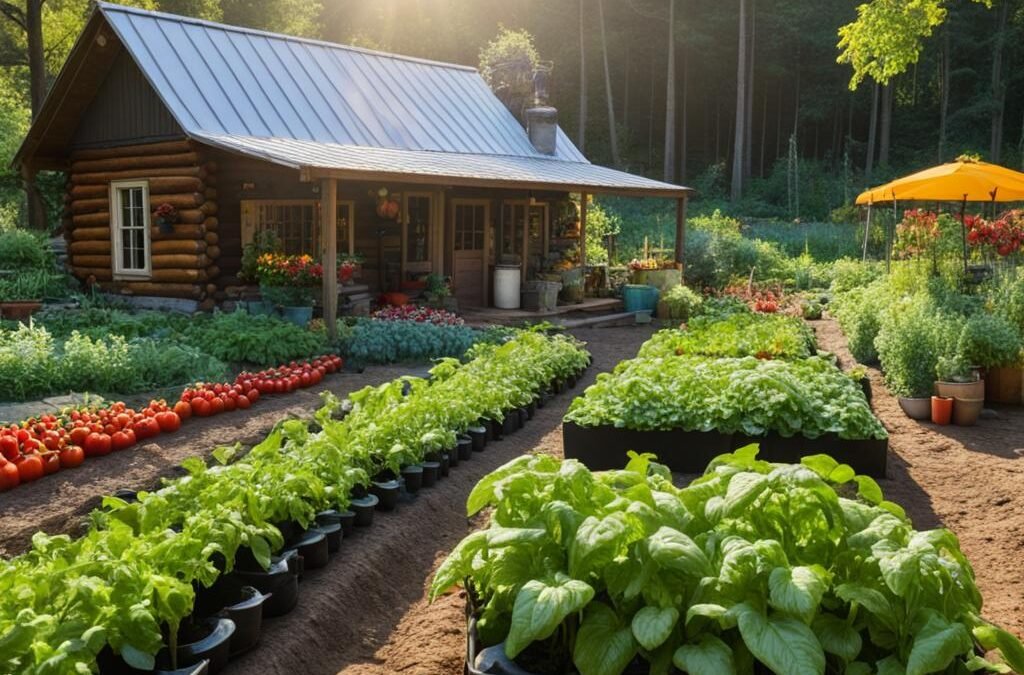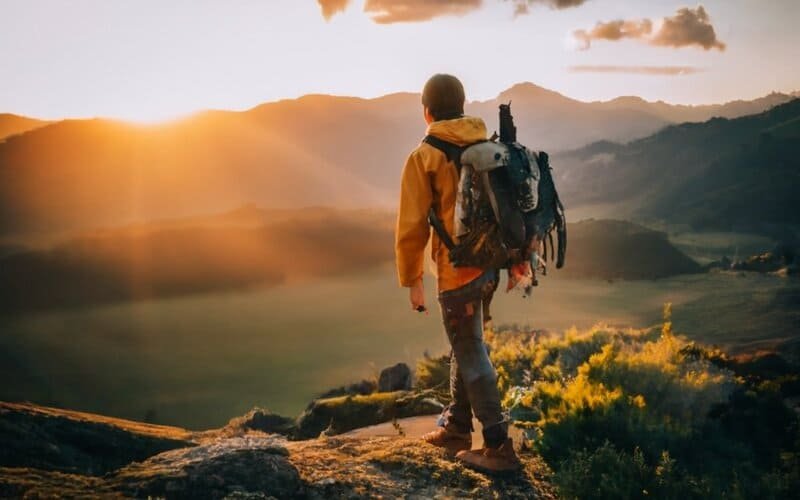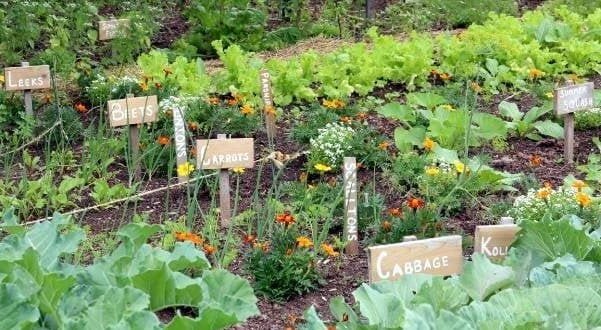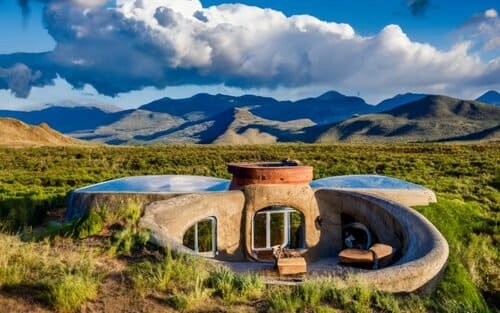How to go Off The Grid
A beginners guide to going off the gridA Complete guide for beginners on how to live Off the Grid
Have you ever imagined leaving behind the rat race and high cost of modern life to live simply and self-sufficiently off the land? For a growing number of people after a new lifestyle, this dream is becoming reality as they go “off the grid.”
Off-grid living means cutting ties with public electric, water, sewage, and other utility services in order to achieve autonomy. It means generating your own power, securing your own water source, farming or hunting for food, and generally living sustainably from your own land without outside support.
This path isn’t for everyone, but for those seeking a radical shift to a simpler, nature-based lifestyle, going off the grid can provide meaningful rewards. However, it also involves hard work and requires substantial preparation.
In this comprehensive guide, we’ll go deep on what off-grid living really entails, the many factors to consider, and how you can equip yourself to disconnect from society and live successfully off the grid.

What Does “Going Off the Grid” Actually Mean?
Broadly speaking, “going off the grid” refers to severing dependence on public utilities and services so you can live independently “off the grid” of modern infrastructure. This typically requires:
Energy
- Installing solar panels, wind turbines, or other renewable systems to generate your own electricity
- Storing power in batteries and avoiding connection to electric grids
Water
- Drill a well or using springs, streams, or collected rainwater
- Building your own filtration, pumping, and plumbing systems
Waste
- Composting, incinerating, or recycling all waste and trash
- Installing a septic system or composting toilet for handling human waste
Food
- Growing your own food through farming, gardening, livestock, hunting, and foraging
Shelter
- Constructing an off-grid home or modifying existing structures to be eco-friendly
Transportation
- Dramatically reducing reliance on personal vehicles and use of fuels
Community
- Forming connections with other off-gridders for support and sharing knowledge
The degree of independence from modern society varies by off-gridder. But the central aim is pursuing sustainability and self-sufficiency using your own renewable resources.
Why People Choose to Go Off the Grid
People decide to abandon conventional life for an off-grid lifestyle for a variety of motivations:
Escape escalating utility and energy costs
With solar, wind, and other renewables, you control your own power production. You gain energy independence and avoid volatile electric grid price hikes. Having your own energy source like a solar power system leaves you not reliant on the power grid.
Adopt a sustainable green lifestyle
Off-grid living by nature requires eco-friendly solutions like gardening, composting, harvesting rainwater, recycling, and minimal consumption.
Gain more freedom and autonomy
By disconnecting from societal systems, you reclaim freedom from surveillance, monitoring, and overregulation.
Return to simpler, fulfilling ways of living
Focus life on only what’s essential like family, food, shelter, and community rather than materialism.
Improve health through unprocessed foods and nature
Grow nutritious organic fruits and vegetables. Breathe fresh air and drink clean water from your own land.
Prepare for disruptions or collapse of public systems
Develop valuable skills and self-reliance that could help survive catastrophes threatening modern infrastructure.
Follow principles of self-determination and resilience
Take control of your own survival without dependence on failing establishments and complex institutions.
People go off the grid for a combination of pragmatic and philosophical reasons aligned with desires for liberation through extreme self-reliance.
Challenges You’ll Face Living Off the Grid
While the rewards can be profound, off-grid living also comes with substantial trade offs and difficulties including:
High upfront costs
Just obtaining rural land can be expensive. Then building or installing solar arrays, wind turbines, well drilling, septic systems, housing requires significant capital.
Loss of modern comforts and healthcare access
No more air conditioning, hot showers, appliances, electronics, Wi-Fi, or other luxuries that require grid power. Hospitals could be very distant.
Constant hard physical labour
Growing food, maintaining infrastructure, collecting water and firewood, and everyday tasks require strength and endurance.
Isolation from society and loneliness
Privacy also brings distance from family, friends, social functions, entertainment options, and community.
Limited cash flow options
Few ways to earn income other than online work or selling crafts, produce, livestock. Budget management is critical.
Regulations and permitting obstacles
Building codes, zoning laws, inspections, and red tape hamper off-gridders trying to live freely.
This lifestyle should not be idealized or entered into lightly. But preparation and determination can help you thrive.
How to Select an Ideal Off-Grid Property
Choosing the right land for off-grid living is a complex process with many factors:
Legal Permissibility
Research county and state zoning, building codes, and regulations thoroughly to determine off-grid friendliness.
Climate Conditions
Consider temperatures, rainfall, growing season length, frost dates, and potential for flooding or drought.
Topography
Hilly terrain is scenic but poses challenges. Look for buildable land with southern solar exposure.
Isolation vs. Accessibility
Remoteness provides independence yet also separation from supplies, social interaction, healthcare.
Affordability vs. Off-Grid Attributes
A cheap plot may lack water, agricultural potential, or solar access. Prioritize self-sufficiency features.
Existing Infrastructure
Some properties already have shelters, wells, or energy systems in place to leverage.
Invest time evaluating land comprehensively. The right location greatly enables an off-grid venture.
Designing Your Off-Grid Infrastructure and Systems
Carefully planning interconnected infrastructure and systems in advance allows you to most effectively develop your off-grid homestead.
Water
- Identify water sources (wells, streams, ponds). Calculate needs and storage requirements.
- Design rainwater harvesting systems, tanks, and distribution.
- Gravity fed irrigation saves power versus pumps.
Energy
- You will want a power source, Audit usage and research solar, wind, hydro options. Size systems accordingly.
- Plan for enough battery capacity, converters, and wiring.
- Incorporate passive solar building heating and lighting.
Shelter
- Take advantage of natural cooling through shading, ventilation, and insulation.
- Design for efficiency with small heated/cooled footprint, shared common spaces.
- Use off-grid construction methods like straw bale, earthbag, adobe, rammed earth.
Waste
- Composting toilets, septic tanks and greywater systems reduce freshwater needs.
- Recycling, reusing materials, and composting minimizes waste issues.
Soil
- Test soil and add nutrients or amendments like lime if needed.
- Build fertility with cover crops, compost, mulching, and other organic methods.
Land Usage
- Map out zones and locations for house, garden, livestock, orchard, solar gain.
- Allow space for expanding food production and energy generation over time.
Careful planning of interdependent systems helps use resources efficiently with minimum reliance on outside supplies long-term.
Growing Your Own Food Self-Sufficiently Off the Grid
Producing enough food to feed a family takes agricultural knowledge and hard work. Strategies include:
Staple Crops – Grow calorie-dense foods like beans, potatoes, corn, wheat, quinoa.
Year-Round Gardening – Use cold frames, hoop houses, and greenhouses to lengthen growing seasons.
Perennials – Fruit bushes, dwarf trees, asparagus, rhubarb, artichokes, and nut trees produce yearly without replanting.
Small Livestock – Chickens produce eggs and meat. Goats provide dairy. Bees support pollination and honey.
Wild Harvesting – Forage berries, nuts, mushrooms and hunt deer, rabbits, ducks. But check regulations.
Seed Saving – Collect seeds from top performing plants to select for locally adapted varieties.
Food Preservation – Can, dry, cure, smoke, pickle, or root cellar surplus produce to store away from harvest times.
Soil Health – Build fertility through compost, manure, crop rotation, and reducing tillage.
Community – Trade or barter your bounty with other homesteaders for goods you don’t produce.
While hard work, providing for even a portion of your food needs yields great satisfaction while expanding your self-sufficiency.
Off-Grid Power – Electricity Generation Options
To produce your own electricity sustainably, options include:
Solar power
- Photovoltaic panels convert sunlight into electricity
- Requires battery storage since sunlight is intermittent
- Size system based on energy needs and budget
Wind
- Turbines harness kinetic wind energy, convert to electricity
- Require consistent wind speeds of 9+ mph
- Towers allow access to stronger winds at height
Microhydro
- Generators use flowing water’s energy like streams or tides
- Consider flow rate and seasonal variability
- Divert part of water flow through channels to generator
Gas Generator
- Portable generators can provide backup power
- But gas or propane must be continually acquired
Evaluate your location’s resources when selecting power systems. Blends of solar, wind, water may optimize reliability.
Heating and Cooling Without Grid Power
Maintaining comfortable temperatures sustainably off-grid requires smart design and alternative approaches:
- Passive solar – Orientation, materials to maximize heating and lighting
- Insulation – Retains warmth in winter, keep interiors cool in summer
- Thermal mass – Stone, concrete, adobe interior materials store warmth
- Window positioning – Strategic overhangs, awnings, and shading
- Wood heat – Wood stoves or high-efficiency rocket mass heaters
- Natural ventilation and ceiling fans – Take advantage of breezes
- Evaporative cooling – Add moisture to air via misters, swamp coolers
- Limit heated/cooled space – Multi-use rooms, smaller footprint
Rather than power-hungry HVAC systems, incorporate passive climate moderation techniques into architectural design.
Off-Grid Water Independence
Accessing water without municipal hook ups requires:
- Wells – Drilled, bored, driven or natural springs. Know your aquifers.
- Rainwater harvesting – Collect from roofs and store in tanks. Pre-filter.
- Gravity flow distribution – Avoid relying on electricity for pumping water.
- Frugal usage – Composting toilets, greywater reuse, low-flow fixtures
- Purification – Ozonation, UV, sand filtration for potable water.
- Outdoor irrigation – Drip systems, swales, rain barrels to hydrate plants
- Live off the land – Manage streams, ponds for small-scale hydropower too
Aim for closed-loop usage with multiple sources and waste water reuse.
Off-Grid Waste Management and Sanitation
Handling waste sustainably off-grid involves:
- Composting toilets – Avoid water waste and septic issues
- Greywater systems – Reuse sink, shower water for irrigation
- Composting – Food, other organic waste into fertile soil
- Incineration – Certain plastics, paper, hazardous items
- Dump runs – Some inorganic trash must go to transfer stations
- Recycling – Reuse glass, metals, certain plastics
- Avoidance – Limit packaged goods, disposable items
Plan for minimal waste production through natural processing and reuse.
Average Startup Costs for Off-Grid Living
| System | Estimated Cost |
|---|---|
| Land purchase | $30,000 – $100,000 |
| Off-grid home construction | $50,000 – $150,000 |
| Solar array and battery bank | $10,000 – $30,000 |
| Wind turbine (if suitable) | $15,000 – $50,000 |
| Water well drilling | $5,000 – $15,000 |
| Rainwater harvesting | $2,000 – $10,000 |
| Septic or composting toilet | $2,000 – $8,000 |
| Total | $100,000 – $300,000+ |
Going off-grid requires substantial capital investment upfront, but little ongoing utility costs.
Acquiring Essential Off-Grid Skills Takes Time
Expect a significant learning curve. Useful skills include:
- Solar, wind, and alternative energy systems
- Construction techniques like straw bale, earthbag, rammed earth, timber framing
- Engine and machine repair and maintenance
- Gardening, seed saving, food preservation like dehydrating, canning, curing
- Water filtration, pumps, irrigation
- Hunting, fishing, trapping, butchering livestock
- Natural medicine, first aid, emergency response
- Communication systems like HAM radio operation
- Welding, woodworking, and general DIY everything
Becoming proficient in key self-sufficiency skills takes years of study and practice. Start now.
Transportation and Access Considerations
Living remotely poses transportation challenges:
- Rugged truck, ATV, snowmobile, or tractor for maintained roads
- Horses, oxen, or travois on trails
- Stockpiling of gravel, road salt, snow removal tools
- Onsite fuel storage and green recharging options
- Shared bulk purchases with off-grid community
- Limit trips to town through careful planning
Minimize reliance on personal automobiles along with their costs and environmental toll.
Other Important Off-Grid Planning Considerations
- Schooling – Home schooling or virtual classes. Socialization opportunities.
- Healthcare – Stock medical supplies. Telemedicine options. Evacuation plans.
- Income – Develop online work skills or products to sell. Barter offerings.
- Security – Gates, fences, dogs, weapons depending on isolation and crime.
- Community – Get connected with local off-grid families for support.
- Entertainment – Music, movies, games. Nature is free.
- Emergency Preparedness – Backup systems, survival stores, contingency plans.
Be sure to address less tangible but critical components of off-grid living too.
Conclusion
Going off the grid to live autonomously is deeply rewarding yet intensely challenging. Plan thoroughly for self-sufficiency through renewable systems, resourcefulness, and grit. Start small by picking up essential skills, assessing locations wisely, and building community with experienced off-gridders. Be realistic about the work and sacrifice involved, but you may find profound meaning in returning to simpler, nature-based living.
How to Go Off the Grid With Little or No Money
Dreaming of leaving behind the rat race to live simply and be self-sufficient and live off the land? Decided to live off-grid? It’s enticing to unplug from expensive utilities and consumerism. However, conventional wisdom says going off the grid requires substantial upfront investment. But with creativity and grit, you can make it work even on a tight budget.
In this post, we’ll explore realistic strategies for transitioning to a more sustainable lifestyle without much cash.
Why Go Off-Grid in the First Place?
Nowadays, more people find themselves disillusioned with the high costs and stresses of modern life. They long to get back to basics – grow their own food, live by candlelight, be free from corporations and debt.
This drive towards a radically self-reliant lifestyle is leading folks to go “off the grid” – cutting ties with public electric, water, sewage and other utilities. They aim to generate their own renewable power, harvest rainwater, farm the land, and generally live sustainably from their land and skills.
People choose this path for various reasons:
- Escape escalating utility and grocery bills that trap you in debt
- Achieve true freedom, self-determination and peace of mind
- Adopt an eco-friendly lifestyle aligned with their values
- Develop valuable skills to be less dependent on increasingly unstable modern systems
- Follow their dreams of a simpler, nature-connected life
The off-grid world is welcoming yet challenging. Doing it without money adds an extra dimension of difficulty. But with the right mindset and approach, you can make it work.
Biggest Obstacles Facing Cash-Strapped Off-Gridders
While liberating, off-grid living requires covering basic needs like shelter, water, and power yourself. This often demands substantial investment upfront for land, housing, infrastructure. Further challenges facing budget preppers include:
Affording Rural Land and Housing
While cheaper than urban areas, decent off-grid land still requires some capital. Clearing land, drilling wells, and building shelter adds more costs.
Obtaining Basic Infrastructure and Equipment
Solar panels, generators, septic systems, batteries, tools and other gear essential for off-grid living all carry price tags.
Generating Ongoing Income
Once off-grid, options narrow without regular jobs. You’ll need creative ways to earn money or barter for necessities.
Building Skills Takes Time
Learning to grow food, install solar, build housing, maintain systems takes hands-on practice – often while remaining on-grid as you learn.
The path is daunting but navigable for the resourceful and determined.
Smart Strategies for Transitioning Off-Grid on a Budget
It is possible to embark on off-grid living without huge savings if you get creative. Tactics include:
Take Incremental Steps
Progressively cut reliance on utilities like electricity, grocery stores and municipal water while still in your current home. This allows you to adapt and build skills over time.
Relocate to Cheap Off-Grid Regions
Seek out rural counties and towns with permissive zoning, cheap land, and established off-grid networks.
Start Small in Temporary or Non-Permanent Housing
Build or move into very low-cost temporary shelters to establish your homestead, then upgrade later.
Barter Skills and Labour with Other Off-Gridders
Help those further along with projects in exchange for mentorship, shared resources and potential access to land.
Volunteer on Established Off-Grid Farms and Homesteads
Work trade programs allow you to gain experience in exchange for room and board before going solo.
With the right mindset and adaptability, it’s possible to get started without large savings. The key is starting small and learning from those further along.
Key Requirements for Ultra Low-Budget Off-Grid Living
To successfully disconnect from the grid on a shoestring takes creativity and doing more with less. Essentials include:
Cheap Rural Land
Look for discounted plots, even on less ideal terrain. Some regions still have affordable options if you search.
Access to Water
Plan to harvest rain via simple gutters and barrels. Or locate land with streams or shallow wells you can dig yourself.
Low-Cost Temporary Housing
Move a camper or RV onto land for initial minimal shelter. Build small from salvaged materials but make it upgradeable.
Passive Solar Strategies
Stay warm using building orientation, insulation, and thermal mass instead of costly heating systems.
Composting Toilet and Greywater Reuse
Avoid expensive septic by composting waste and reusing sink water for irrigation.
Subsistence Food Production
Grow staples, preserve harvests, forage, hunt – learn to provide the basics yourself.
Income Options
Explore work trade, odd jobs, selling homemade goods, online work you can do remotely.
With ingenuity and grit, you can cover the fundamentals even with limited funds.
Essential Skills to Learn While Still On-Grid
While still grid-connected, start acquiring abilities key for off-grid success:
Gardening and Food Preservation
Practice growing fruits, veggies and raising small livestock if zoning allows. Learn canning and pickling.
DIY Energy Systems
Dabble with solar panels, small wind turbines, micro-hydro power. Install projects on your current property.
Natural Building Techniques
Construct sheds using techniques like cob, earthbag, straw bale with local affordable materials.
Water Harvesting
Install rain barrels, build swales and basins to start collecting and filtering water.
Primitive Skills
Take courses on fire making, wild foraging, fishing, trapping. Our ancestors thrived this way.
Joining an Established Off-Grid Community
Rather than going completely solo, consider linking up with others already living the lifestyle:
Shared Resources and Equipment
Pool money with a small group to buy pricier infrastructure like solar arrays.
Trading Knowledge and Labor
Barter your abilities with homesteaders for access to land, tools, materials.
Work Exchange
Some off-grid farms and communes will provide basic room and board in exchange for helping with projects and chores.
Tapping into existing networks makes the transition more achievable. Be sure to offer value, not just request free resources.
Setting Up Off-Grid Power Systems on a Budget
Renewable energy DIY power options for bootstrap off-gridders include:
Simple Solar
Start with one panel, charge controller, and small battery bank – expand slowly over time.
Micro-Hydro
Channel stream water through PVC to turn an alternator for homemade hydroelectricity.
Pedal Power
Pedal generators allow you to create electricity through cycling.
Wood Gasification
Gasify wood via pyrolysis to generate flammable gas for electricity production.
Scrap Metal Wind Turbines
Repurpose items like old drums or car parts into makeshift wind turbines.
Start small and improvise with found items rather than spending big upfront.
Heating and Cooling Options for Off-Gridders on a Budget
Stay warm and cool without costly systems through techniques like:
Passive Solar Design
Strategic window placement and orientation maximize natural solar gain and ventilation.
Insulation
Scavenged materials like straw, cardboard, and old clothing can provide plentiful insulation.
Thermal Mass
Incorporate rocks, adobe, and water containers to absorb and slowly release warmth.
Wood Stoves
Salvaged materials like grates and biomass can be repurposed into rocket mass heaters.
Earth Sheltering
Build into hillsides or bury portions of your structure to leverage the earth’s stable temps.
Securing Food Self-Sufficiency on a Tight Budget
Provide for yourself without a bankroll through tactics like:
Staple Crops
Focus planting on beans, corn, pumpkins, potatoes and other high-calorie plants.
Foraging
Seek wild edibles like berries, mushrooms, and roots. Just confirm identification.
Hunting and Fishing
Harvest deer, ducks, trout with basic equipment if lawful in your area.
Guerrilla Gardening
Cultivate unused public land, vacant lots and marginal spaces.
Salvaging Unwanted Produce
Some orchards allow “gleaning” of excess fruit and veggies free of charge.
Seed Saving and Trading
Save and trade seeds with other growers to adapt varieties to your land.
Small Livestock
Raise easy, productive egg and meat producers like chickens, rabbits, and goats. Here’s some additional content to continue expanding the blog post:
Finding Land for Off-Grid Living When Cash-Strapped
Affordable rural land enables getting started off-grid without big money. Options may include:
Homesteading Programs
Some counties and states offer cheap undeveloped rural land if you commit to living on and improving it.
Land Contracts
Find private landowners willing to sell via low down payment contracts rather than lump sum.
Caretaking Empty Properties
Offer to maintain vacant rural land rent-free in exchange for allowing you to develop and homestead a portion.
Temporary Land Use Agreements
Access vacant plots short-term (1-3 years) for inexpensive camping or development – something’s better than nothing.
Marginal Land
Consider cheap, imperfect plots needing improvements like drainage, road access, vegetation clearing.
Group Buy-In
Pool money with like-minded folks to jointly purchase larger acreage for cooperative off-grid development.
Don’t limit yourself to real estate sites. Talk to locals, farms, and propose creative arrangements.
Building Off-Grid Shelter on the Cheap
Off-grid housing requires insulation and thermal mass rather than fancy finishes. Budget-friendly construction options:
Repurposed Materials
Reclaimed lumber, discarded windows, scrap metal and other salvaged building supplies keep costs down.
Earthbags
Woven bags filled with free onsite soil can be stacked into solid, low-cost structures.
Straw Bales
Cheap agricultural waste straw makes for a super insulated wall system.
Cob
Mixing sand, clay soil, straw, and water allows hand-sculpting of curvy, earthen homes.
Underground Housing
Partially buried earth-sheltered housing leverages the ground’s constant temperatures for heating/cooling.
Tiny Homes
A smaller footprint requires less materials and effort to heat, cool, and light. Expandable over time.
Prioritize function over aesthetic. Upgrade shelter once the basics are covered.
Off-Grid Water Access Without Big Expenditures
Water access enables life off-grid. Affordable options include:
Rain Barrels
Capture roof runoff in used containers. Gravity flow avoids pumps.
Hand Dug Wells
A shovel, pipe, and elbow grease you can dig a well, especially during wet seasons.
Hand Pumped Wells
Manually installing shallow sand point wells avoids mechanized well drilling costs.
Spring Development
Excavate and route accessible springs via gravity to storage tanks.
Existing Surface Water
With treatment, streams or ponds on your land may suffice for washing, irrigation.
Outhouse and Composting Toilet
Greatly reduce household water usage. Use humanure waste as fertilizer.
Greywater Reuse
Recycle sink, shower, washing machine water through basic trenches or filters.
A bit of creativity goes a long way when securing water essentials on a budget.
Wrapping It Up
The off-grid life is so alluring – just imagine leaving behind all those bills, jobs, and stresses of society for a cozy, self-sufficient countryside living. No more power companies nickel and diming you. Just you, your land, and good old fashioned grit and know-how.
But most wannabe homesteaders get discouraged pretty quick once they see the price tag. Rural acreage alone can be tens of thousands, if you can even find it. Then throw in the cost for housing, solar panels, septic systems, equipment and everything else. Next thing you know you’re looking at a mountain of money to escape the rat race.
So is off-grid living only for the well-off? I say heck no! Don’t let the lack of a fat bank account stop you from pursuing your dreams. With extreme resourcefulness, elbow grease, and community, it IS possible to make it work on a budget.
Will it be easy? Not even close. You’ll need to start small and make some sacrifices. Maybe you begin in a rusty old camper on a scrappy piece of cheap land. Your first solar system might just be a single panel and car battery. But if freedom and self-sufficiency matter more to you than comfort and convenience, then none of that will stop you.

Easy No-Machine Pasta Making & Storage Tips
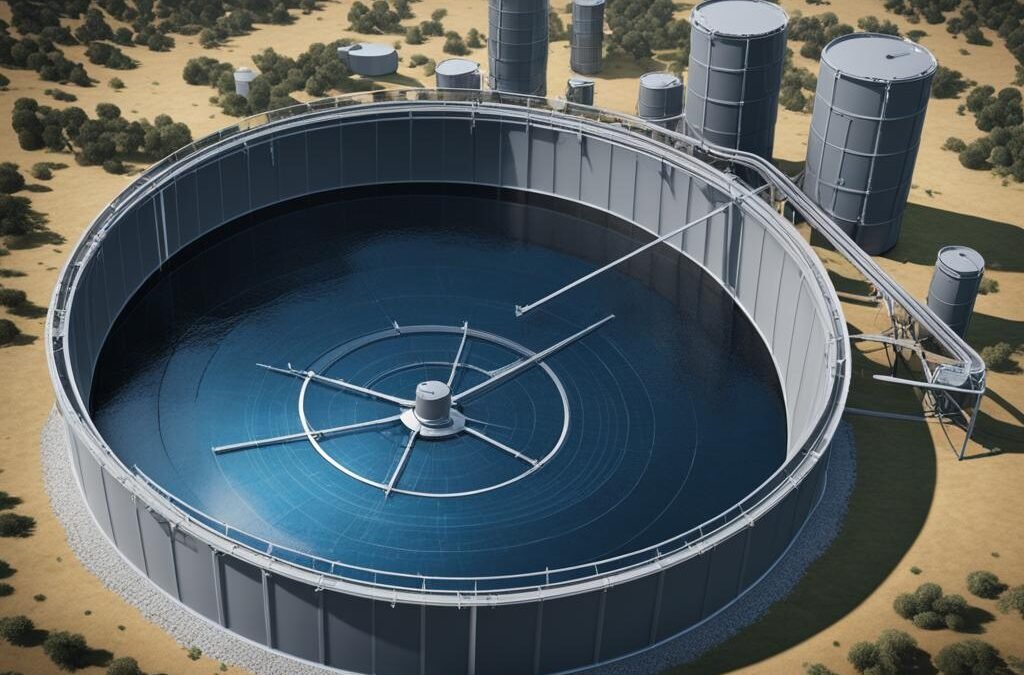
Off-Grid Gravity Water System Essentials

Essential Off Grid Camping Gear for Adventures
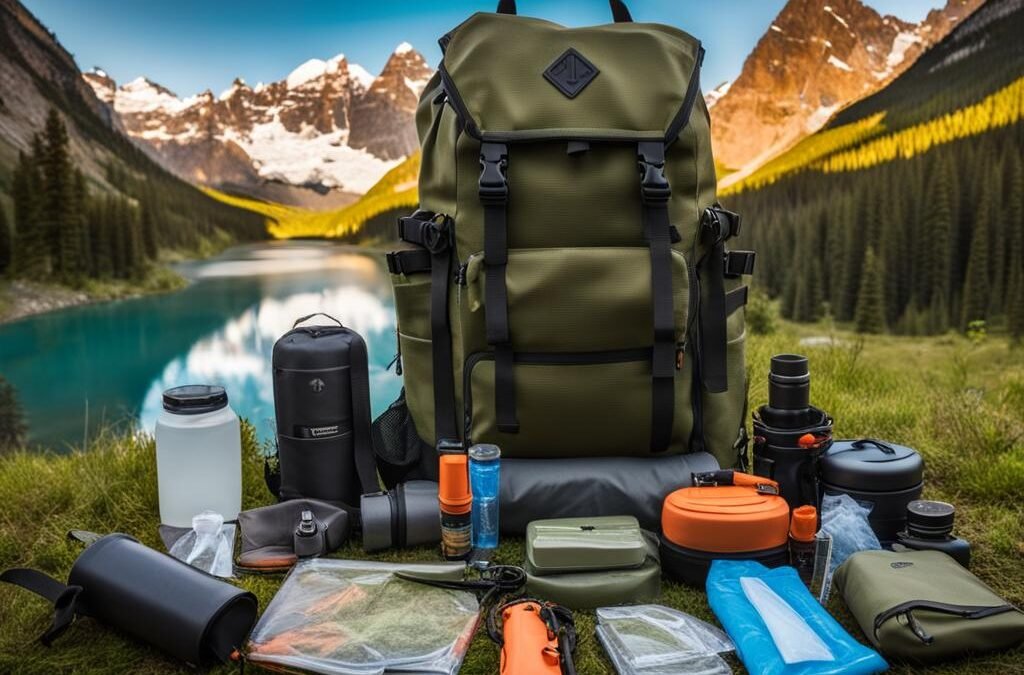
Essential Off Grid Camping Gear for Adventures
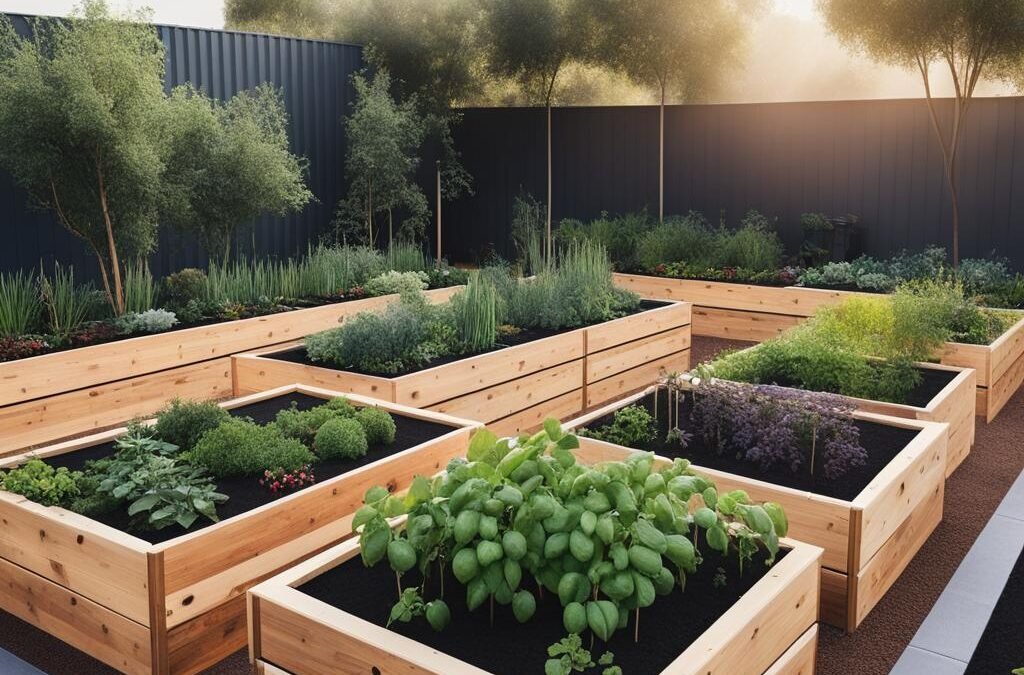
Creating My Self Sufficient Garden Layout
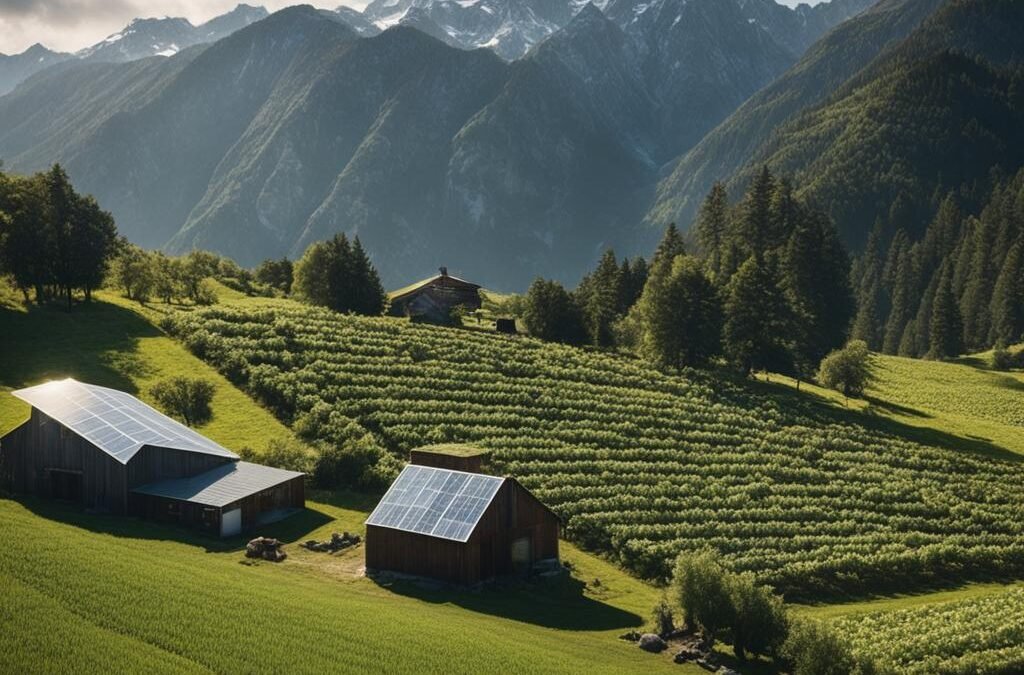
Self-Sufficiency: How Much Land Do You Need?

Off-Grid Living: How to Live Self Sufficient & Free

Exploring Self-Sufficiency and Its True Meaning

Embracing Self Sufficient Living: My Journey
